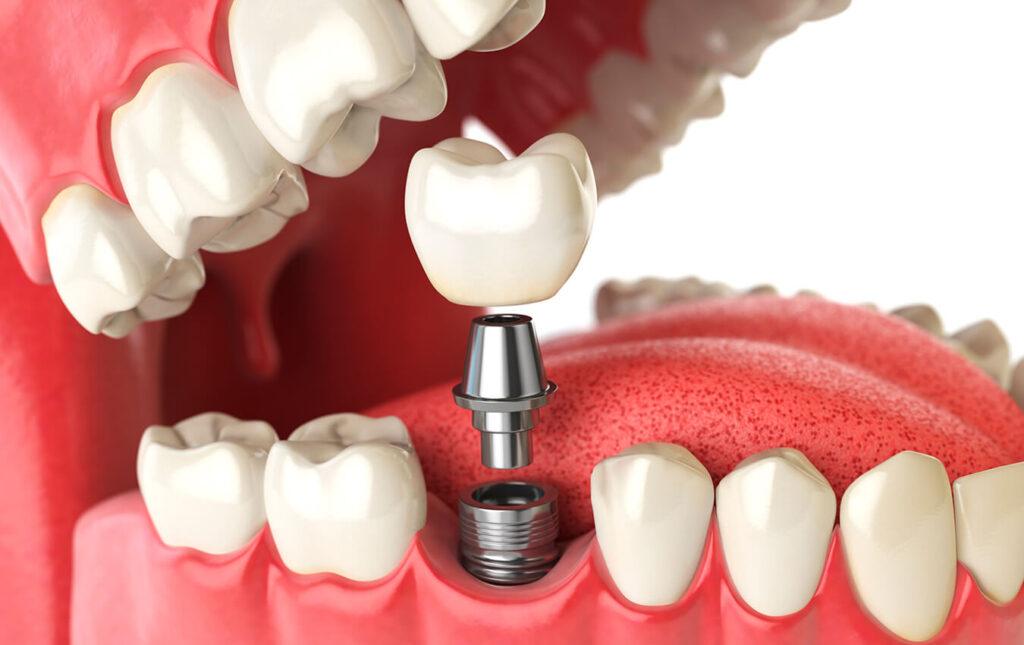
Benefits
- Dental sealants prevent decay on tooth surfaces with pits and fissures.
- They seal the parts of the teeth where brushes cannot reach, protecting the teeth.
Who is this procedure for?
- Children aged 6 – this is when the first permanent molars erupt, so placing sealants on them helps prevent cavities;
- Children aged 12 – second permanent molars erupt at about this age, and fissure surfaces on these teeth are very susceptible to cavities. This is why it is indicated for children to receive dental sealants at this stage.
- Adults that face a high risk of tooth decay – only the dentist can tell you if you can benefit from dental sealants.
Who should not consider this procedure?
The dentist can decide not to perform this procedure. It happens when he or she can’t fully isolate and maintain a dry field, if there is tooth decay, semi – erupted teeth or if the patient has an allergy to methacrylate.
What happens before the procedure?
The teeth are prepared for the procedure by being cleaned and dried.
What happens during the procedure?
The sealants are easy to apply and it only takes a few minutes for the entire procedure. The chewing surfaces are roughened with acid solution; this will help the sealant adhere to the tooth. Then the sealant is “painted” onto the enamel. It bonds directly to the tooth and hardens immediately. In some cases a curing light is used to help the sealant harden faster.
What happens after the procedure?
The tooth surface is protected against decay as long as the sealant is intact. Dental sealants usually last for years in normal conditions. However, you should visit your dentist regularly to check the condition of the sealants and to reapply them if necessary.

